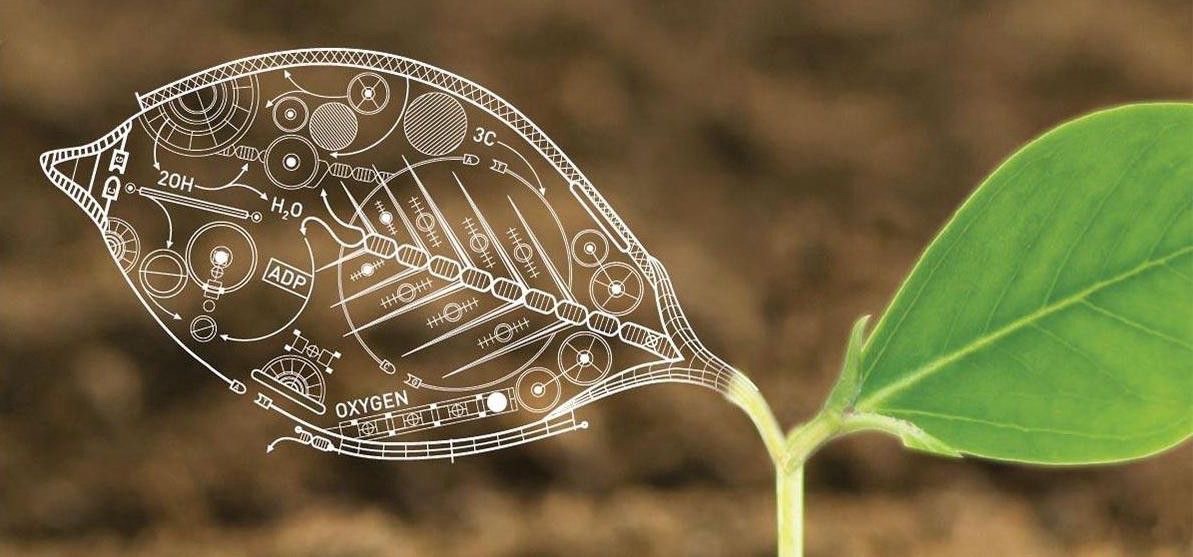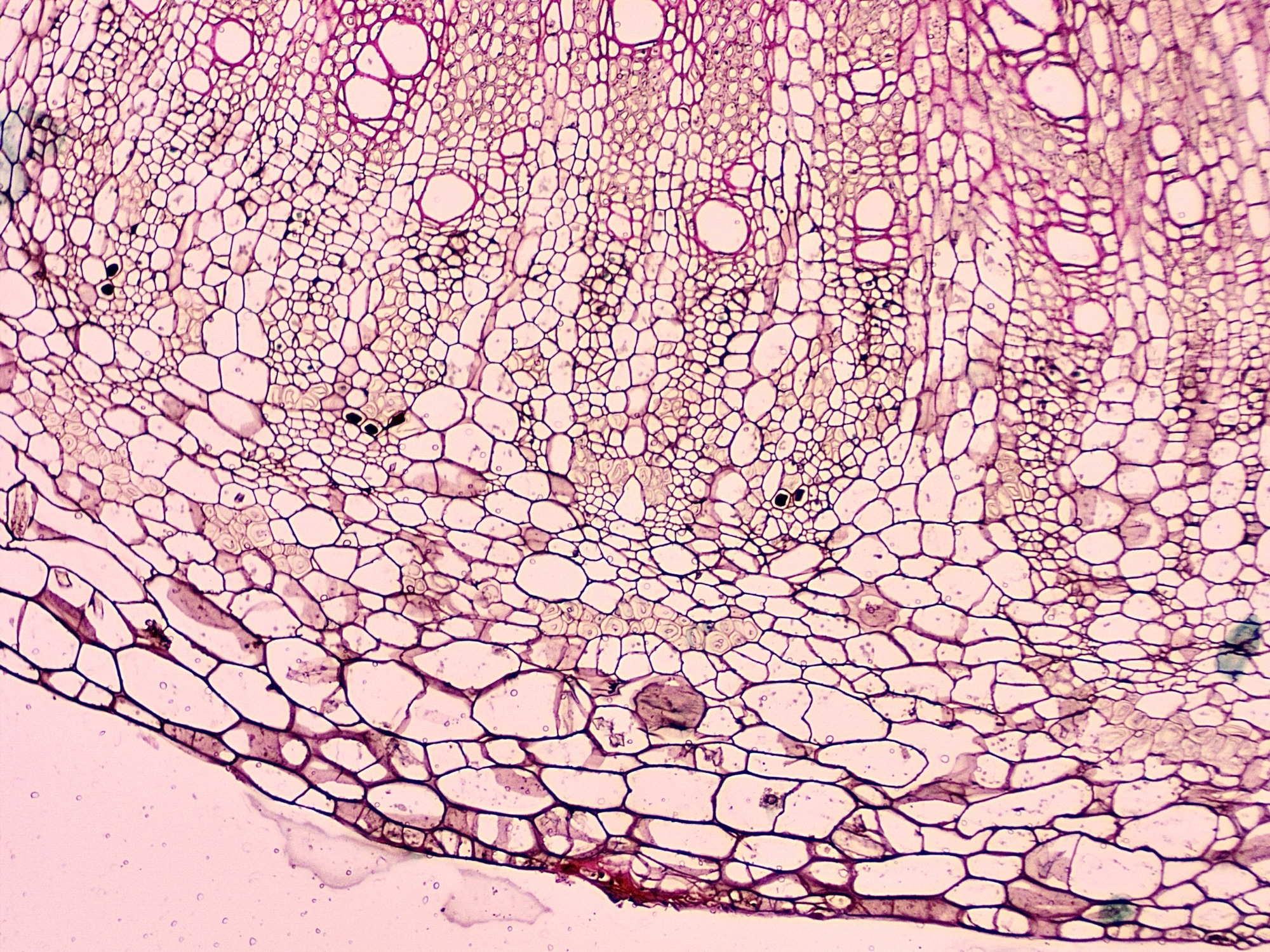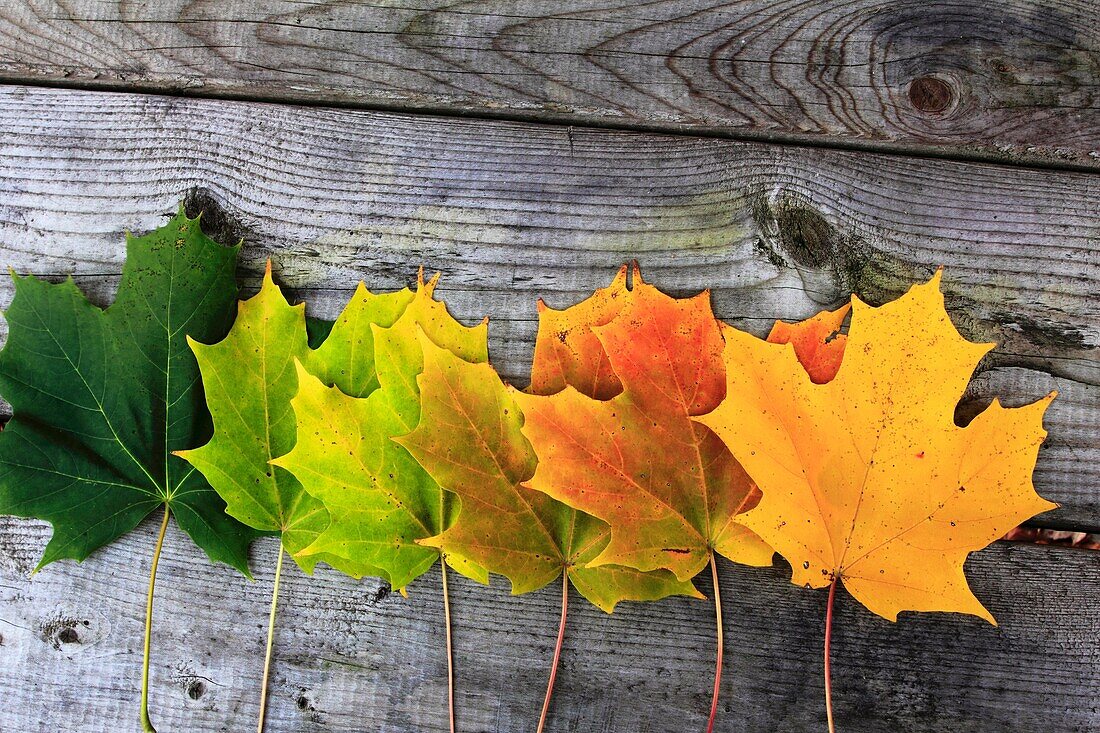7 min read
0
Optimizing Photosynthesis in Plants Under Varying Light Conditions
Photosynthesis is the fundamental process that allows plants to convert light energy into chemical energy, supporting their growth and survival. However, light availability varies significantly depending on factors such as time of day, season, plant canopy structure, and environmental conditions.…









